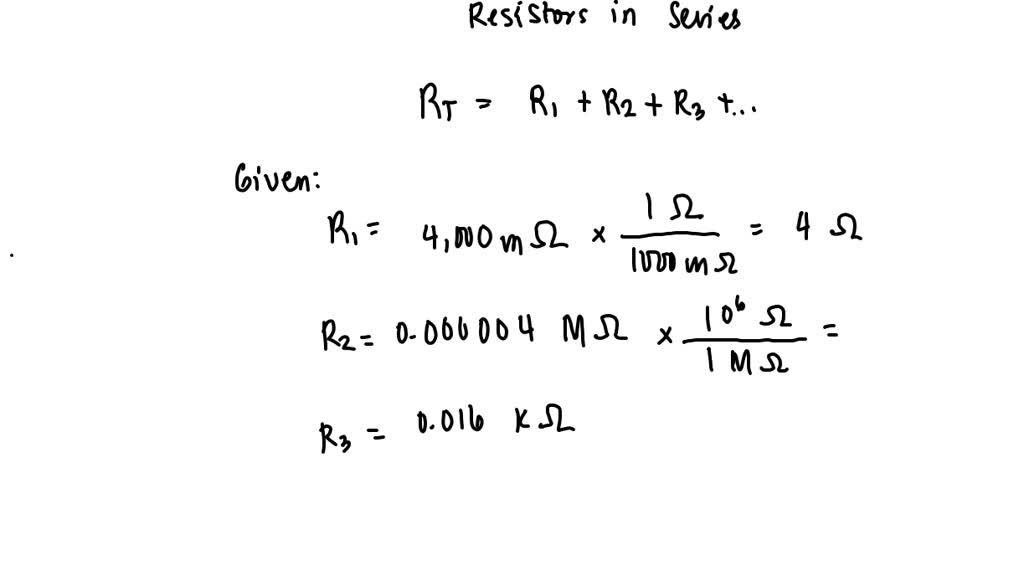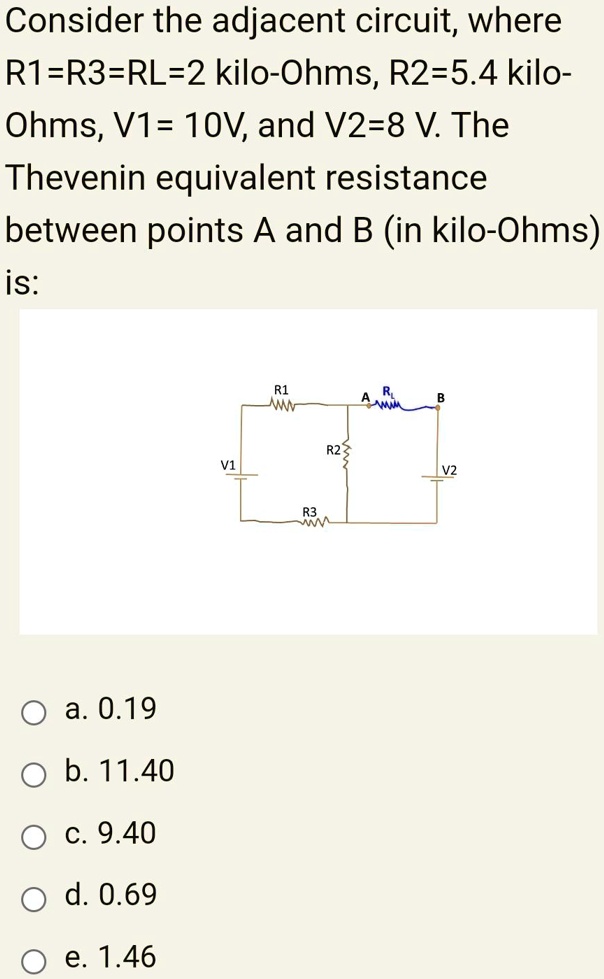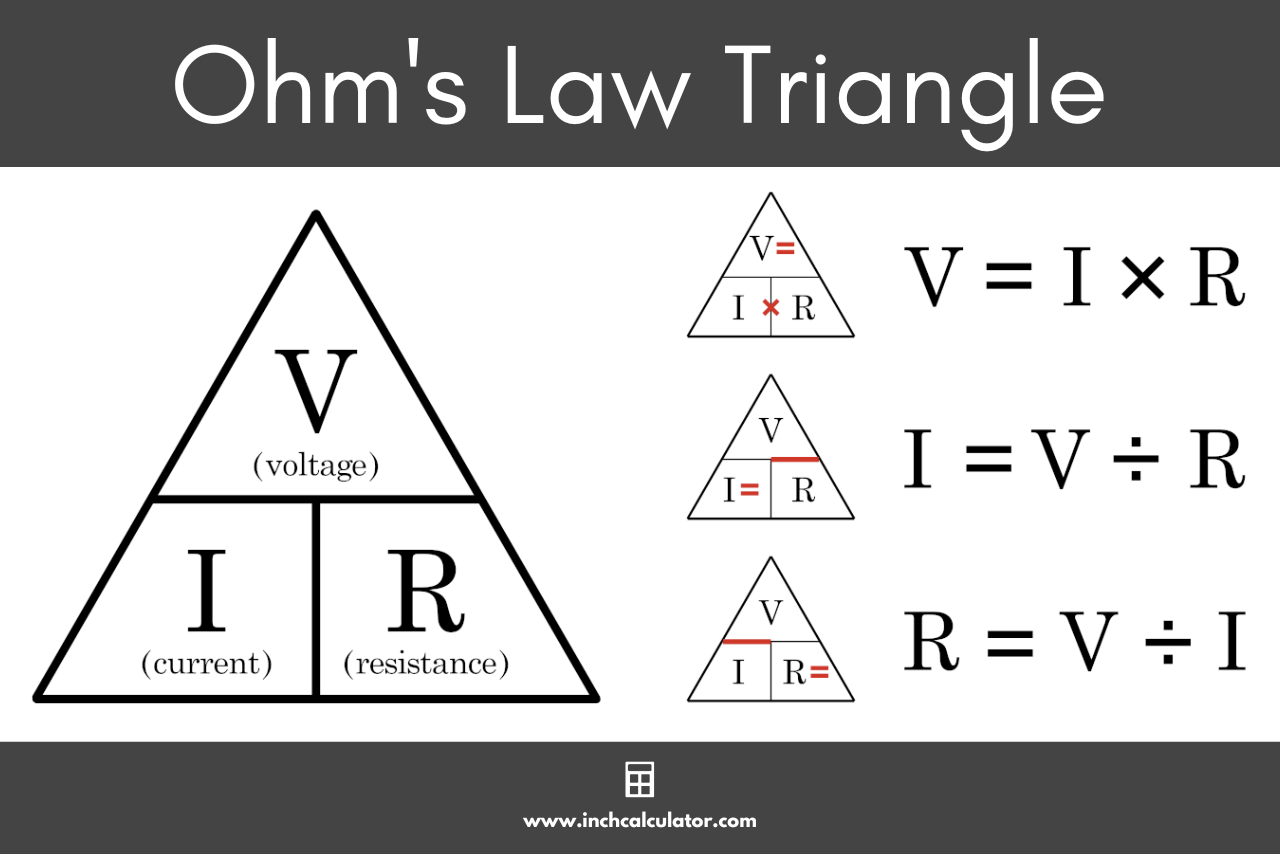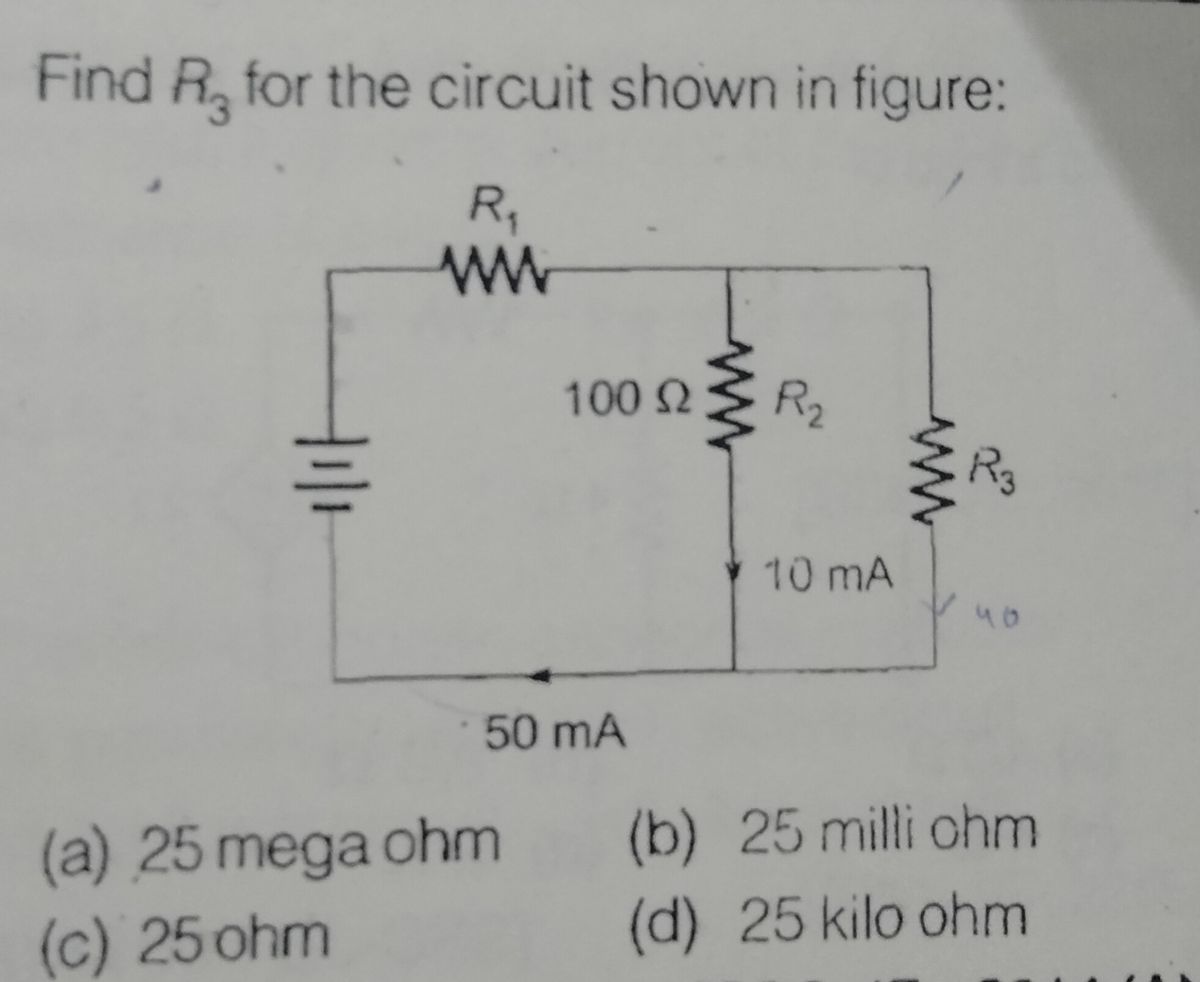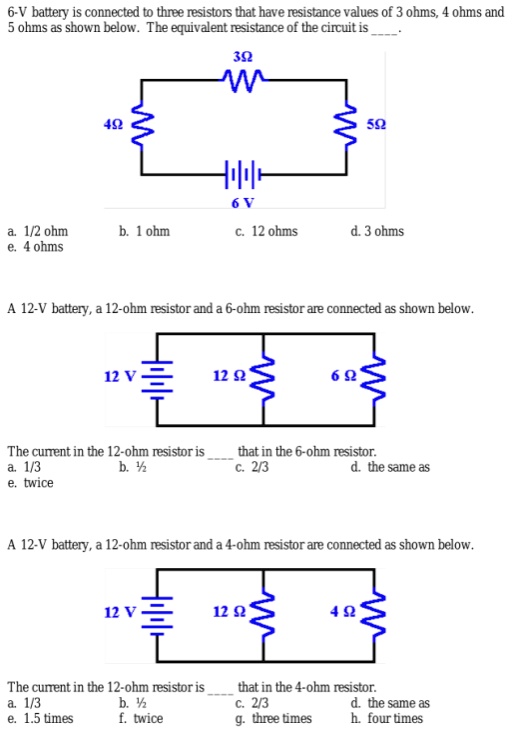Convert Kilo Ohms To Ohms - How many ohm make 1 kiloohm? 1 kiloohms = 1000 ohms using the online calculator for metric conversions. Check the chart for more details. Convert kiloohms to ohms (kω to ω) with the electrical resistance conversion calculator, and learn the kiloohm to ohm formula. One kiloohms is equal to 1000 ohms, so use. Convert kiloohms (kω) to another unit of electrical resistance such as nanoohms, microohms, or milliohms, and see the conversion formulas. One ohm is equal to the resistance between two points of a conductor when a constant potential difference of 1 volt applied to these points. 1 kiloohms = 1000 ohms using the online calculator for metric conversions. Measurement calculator that can be used to convert kω to ω (kiloohm to ohm), among others. In relation to the base unit of [electric resistance] => (ohm), 1 kiloohm (kω) is equal to 1000 ohm, while 1 ohm (ω) = 1 ohm.
One kiloohms is equal to 1000 ohms, so use. One ohm is equal to the resistance between two points of a conductor when a constant potential difference of 1 volt applied to these points. In relation to the base unit of [electric resistance] => (ohm), 1 kiloohm (kω) is equal to 1000 ohm, while 1 ohm (ω) = 1 ohm. Check the chart for more details. Convert kiloohms (kω) to another unit of electrical resistance such as nanoohms, microohms, or milliohms, and see the conversion formulas. 1 kiloohms = 1000 ohms using the online calculator for metric conversions. Measurement calculator that can be used to convert kω to ω (kiloohm to ohm), among others. 1 kiloohms = 1000 ohms using the online calculator for metric conversions. How many ohm make 1 kiloohm? Convert kiloohms to ohms (kω to ω) with the electrical resistance conversion calculator, and learn the kiloohm to ohm formula.
1 kiloohms = 1000 ohms using the online calculator for metric conversions. One kiloohms is equal to 1000 ohms, so use. Check the chart for more details. Check the chart for more details. 21 rows to convert kiloohms to ohms, multiply the electric resistance by the conversion ratio. One ohm is equal to the resistance between two points of a conductor when a constant potential difference of 1 volt applied to these points. How many ohm make 1 kiloohm? In relation to the base unit of [electric resistance] => (ohm), 1 kiloohm (kω) is equal to 1000 ohm, while 1 ohm (ω) = 1 ohm. 1 kiloohms = 1000 ohms using the online calculator for metric conversions. Convert kiloohms (kω) to another unit of electrical resistance such as nanoohms, microohms, or milliohms, and see the conversion formulas.
What current will flow in a circuit with resistors of 4,000 milli ohms
Check the chart for more details. 1 kiloohms = 1000 ohms using the online calculator for metric conversions. 1 kiloohms = 1000 ohms using the online calculator for metric conversions. Check the chart for more details. In relation to the base unit of [electric resistance] => (ohm), 1 kiloohm (kω) is equal to 1000 ohm, while 1 ohm (ω) =.
SOLVED Calculate The Equivalent Resistance In Kiloohms, 58 OFF
Convert kiloohms to ohms (kω to ω) with the electrical resistance conversion calculator, and learn the kiloohm to ohm formula. Check the chart for more details. 21 rows to convert kiloohms to ohms, multiply the electric resistance by the conversion ratio. Measurement calculator that can be used to convert kω to ω (kiloohm to ohm), among others. Convert kiloohms (kω).
Forum About Freeware CONVERT OHMS TO MEGAOHMS
Convert kiloohms to ohms (kω to ω) with the electrical resistance conversion calculator, and learn the kiloohm to ohm formula. Check the chart for more details. One ohm is equal to the resistance between two points of a conductor when a constant potential difference of 1 volt applied to these points. Measurement calculator that can be used to convert kω.
How to Convert Ohms to Kilowatts Sciencing
1 kiloohms = 1000 ohms using the online calculator for metric conversions. Measurement calculator that can be used to convert kω to ω (kiloohm to ohm), among others. In relation to the base unit of [electric resistance] => (ohm), 1 kiloohm (kω) is equal to 1000 ohm, while 1 ohm (ω) = 1 ohm. 21 rows to convert kiloohms to.
Ohm's Law Calculator and Electrical Formulas Inch Calculator
Convert kiloohms to ohms (kω to ω) with the electrical resistance conversion calculator, and learn the kiloohm to ohm formula. 1 kiloohms = 1000 ohms using the online calculator for metric conversions. Measurement calculator that can be used to convert kω to ω (kiloohm to ohm), among others. 1 kiloohms = 1000 ohms using the online calculator for metric conversions..
What Is The Relation Between Ohms, Kilo Ohms, Megaohms?, 60 OFF
Check the chart for more details. Convert kiloohms (kω) to another unit of electrical resistance such as nanoohms, microohms, or milliohms, and see the conversion formulas. Measurement calculator that can be used to convert kω to ω (kiloohm to ohm), among others. Check the chart for more details. One ohm is equal to the resistance between two points of a.
CONVERT KOHMS TO OHMS
21 rows to convert kiloohms to ohms, multiply the electric resistance by the conversion ratio. Convert kiloohms (kω) to another unit of electrical resistance such as nanoohms, microohms, or milliohms, and see the conversion formulas. How many ohm make 1 kiloohm? 1 kiloohms = 1000 ohms using the online calculator for metric conversions. Convert kiloohms to ohms (kω to ω).
What Is The Relation Between Ohms, Kilo Ohms, Megaohms?, 49 OFF
Convert kiloohms to ohms (kω to ω) with the electrical resistance conversion calculator, and learn the kiloohm to ohm formula. One kiloohms is equal to 1000 ohms, so use. Measurement calculator that can be used to convert kω to ω (kiloohm to ohm), among others. Check the chart for more details. Check the chart for more details.
SOLVED Calculate The Equivalent Resistance In Kiloohms, 58 OFF
Measurement calculator that can be used to convert kω to ω (kiloohm to ohm), among others. One ohm is equal to the resistance between two points of a conductor when a constant potential difference of 1 volt applied to these points. Check the chart for more details. One kiloohms is equal to 1000 ohms, so use. 1 kiloohms = 1000.
What Is The Relation Between Ohms, Kilo Ohms, Megaohms?, 49 OFF
Convert kiloohms (kω) to another unit of electrical resistance such as nanoohms, microohms, or milliohms, and see the conversion formulas. Check the chart for more details. 1 kiloohms = 1000 ohms using the online calculator for metric conversions. How many ohm make 1 kiloohm? Convert kiloohms to ohms (kω to ω) with the electrical resistance conversion calculator, and learn the.
One Ohm Is Equal To The Resistance Between Two Points Of A Conductor When A Constant Potential Difference Of 1 Volt Applied To These Points.
Convert kiloohms to ohms (kω to ω) with the electrical resistance conversion calculator, and learn the kiloohm to ohm formula. 1 kiloohms = 1000 ohms using the online calculator for metric conversions. Check the chart for more details. How many ohm make 1 kiloohm?
Convert Kiloohms (Kω) To Another Unit Of Electrical Resistance Such As Nanoohms, Microohms, Or Milliohms, And See The Conversion Formulas.
1 kiloohms = 1000 ohms using the online calculator for metric conversions. One kiloohms is equal to 1000 ohms, so use. Measurement calculator that can be used to convert kω to ω (kiloohm to ohm), among others. In relation to the base unit of [electric resistance] => (ohm), 1 kiloohm (kω) is equal to 1000 ohm, while 1 ohm (ω) = 1 ohm.
21 Rows To Convert Kiloohms To Ohms, Multiply The Electric Resistance By The Conversion Ratio.
Check the chart for more details.
